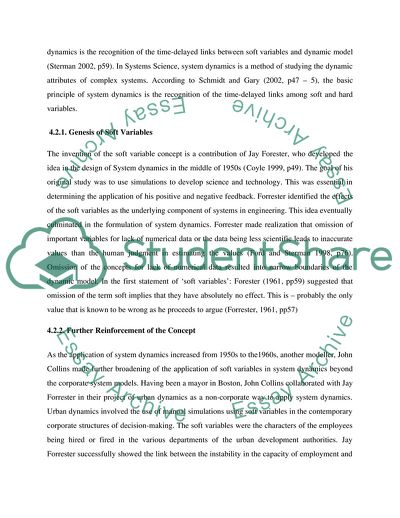Cite this document
(Soft Variables Applied to System Dynamics Modelling Coursework Example | Topics and Well Written Essays - 5000 words, n.d.)
Soft Variables Applied to System Dynamics Modelling Coursework Example | Topics and Well Written Essays - 5000 words. https://studentshare.org/systems-science/1839482-soft-variables-applied-to-system-dynamics-modelling
Soft Variables Applied to System Dynamics Modelling Coursework Example | Topics and Well Written Essays - 5000 words. https://studentshare.org/systems-science/1839482-soft-variables-applied-to-system-dynamics-modelling
(Soft Variables Applied to System Dynamics Modelling Coursework Example | Topics and Well Written Essays - 5000 Words)
Soft Variables Applied to System Dynamics Modelling Coursework Example | Topics and Well Written Essays - 5000 Words. https://studentshare.org/systems-science/1839482-soft-variables-applied-to-system-dynamics-modelling.
Soft Variables Applied to System Dynamics Modelling Coursework Example | Topics and Well Written Essays - 5000 Words. https://studentshare.org/systems-science/1839482-soft-variables-applied-to-system-dynamics-modelling.
“Soft Variables Applied to System Dynamics Modelling Coursework Example | Topics and Well Written Essays - 5000 Words”. https://studentshare.org/systems-science/1839482-soft-variables-applied-to-system-dynamics-modelling.


